Top 10 High-Temperature Alloys for Aerospace Applications
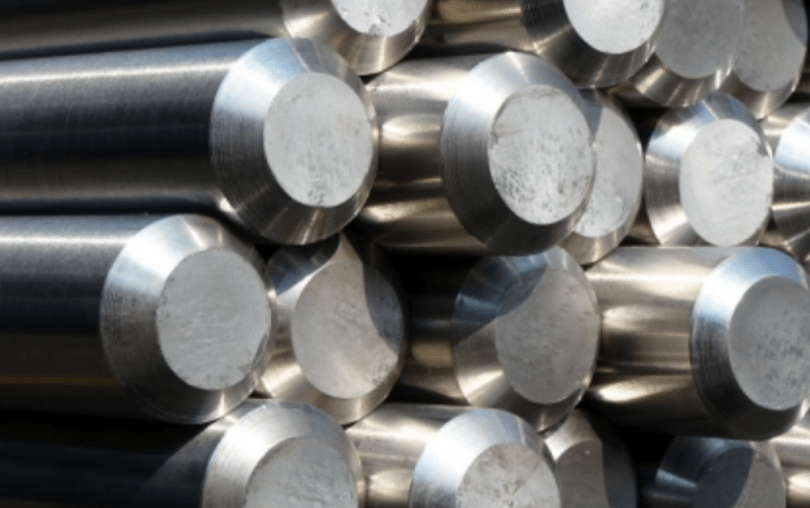
The aerospace industry demands materials that can withstand the harshest environments, enduring extreme temperatures, corrosive atmospheres, and high mechanical loads. High-temperature alloys have emerged as the front-runners in meeting these stringent requirements. In this article, we have compiled a list of the top 10 high-temperature alloys that are currently revolutionizing aerospace applications. Top 10 High-Temperature […]
Inconel 600 vs Stainless Steel 310 – What’s the Difference?
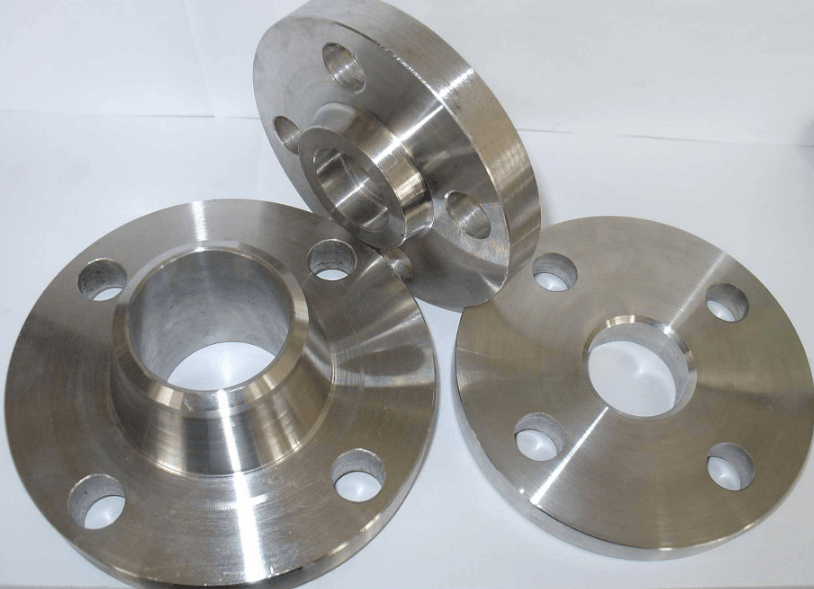
In the vast realm of metallic alloys, Inconel 600 vs Stainless Steel 310 occupies distinct positions, each offering unique properties suitable for a range of applications. In this article, we delve into the chemical composition, mechanical properties, corrosion resistance, and typical applications of Inconel 600 and Stainless Steel 310, highlighting their key differences. Inconel 600 […]
Inconel 600 vs Hastelloy C276 – What’s the Difference?
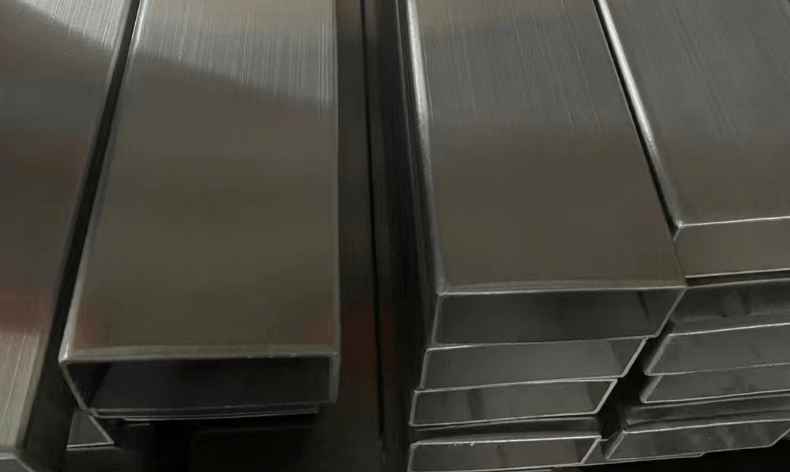
In the realm of high-performance alloys, Inconel 600 vs Hastelloy C276 occupies distinct yet complementary niches. Both alloys are renowned for their exceptional corrosion resistance, strength, and durability in harsh environments. However, their unique chemical compositions and mechanical properties render them suitable for different applications. In this article, we delve into the key differences between […]
Inconel 600 vs Inconel 825 – What’s the Difference?
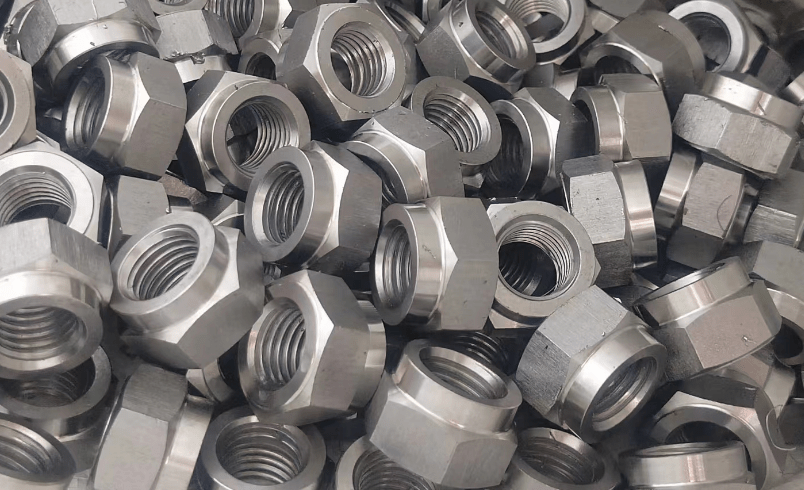
Inconel alloys have been a staple in the materials engineering world for decades, with their exceptional corrosion resistance, high strength, and ability to retain mechanical properties at elevated temperatures. Among the various grades of Inconel, Inconel 600 vs Inconel 825 stand out as two of the most commonly used alloys in industrial applications. While both […]
Inconel 600 vs 800 – What’s the Difference?
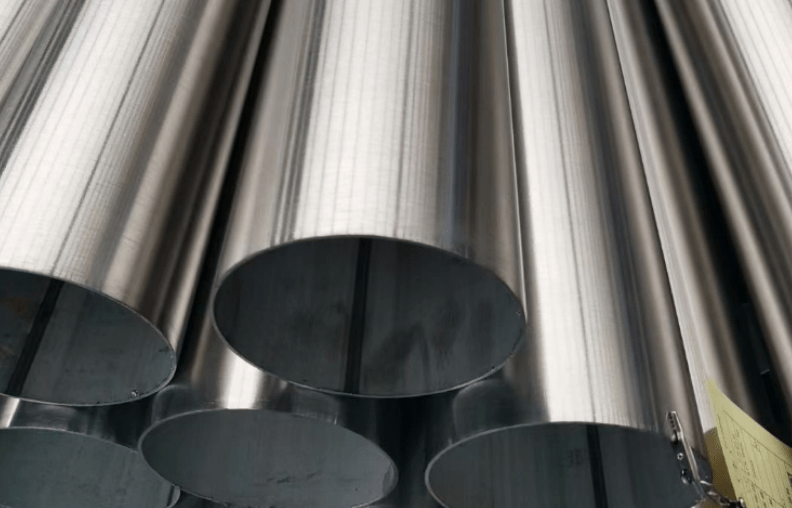
Many customers often ask us, “What are the differences between Inconel 600 vs 800?” Today, we will focus on comparing Inconel 600 and Inconel 800, two highly regarded nickel-based alloys that possess unique properties and application areas. Inconel 600 vs 800 – What’s the Difference? Inconel 600, also known as UNS N06600, is a nickel-chromium […]
Inconel 600 vs 718 – What’s the Difference?
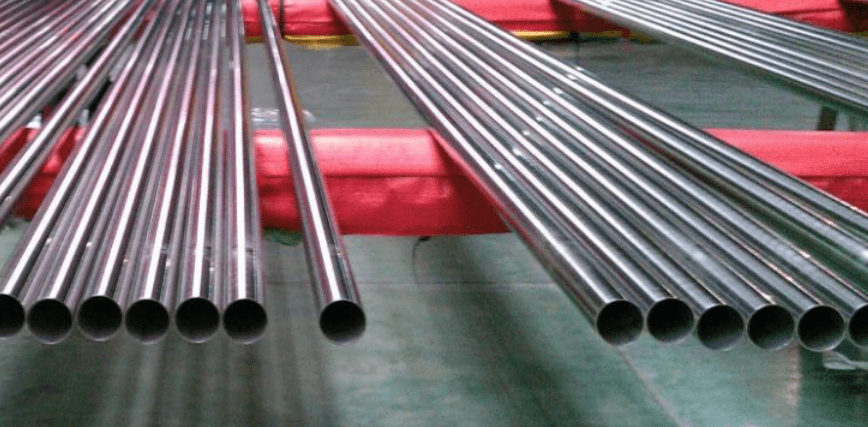
Many of our customers have this question: Inconel 600 vs 718 – What’s the difference? Today, we will delve into the subtle differences between Inconel 600 and Inconel 718. Despite sharing a common origin, these two alloys possess unique characteristics and applications. Inconel 600 vs 718 – What’s the Difference? Let’s begin with Inconel 600. […]
Alloy 400 vs Inconel 625 – What’s the Difference?
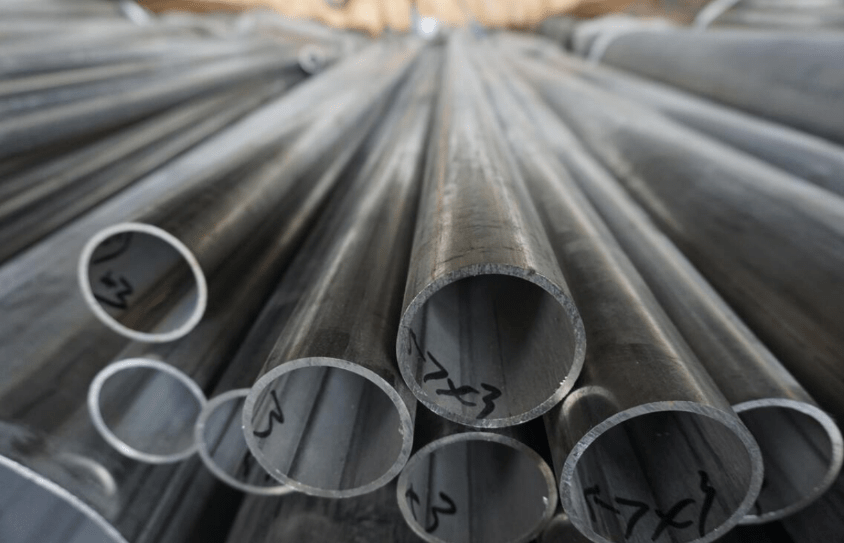
Today, we will focus on the comparison between Alloy 400 vs Inconel 625, two alloys that, despite their shared applications in diverse industries, possess distinct properties and characteristics that make them suitable for different sets of operating conditions. Alloy 400 vs Inconel 625 – What’s the Difference? Alloy 400 vs Inconel 625 – Composition Let’s […]
Inconel 686 vs 625 – What’s the Difference?
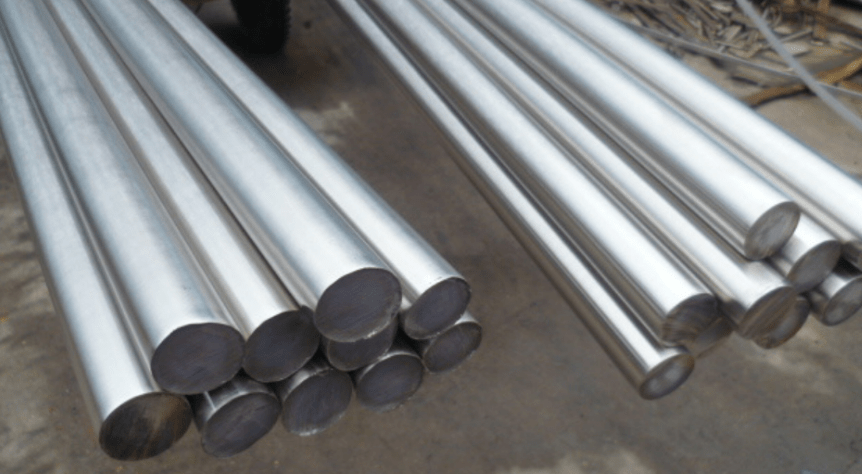
Both Inconel 686 vs Inconel 625 alloys are nickel-based superalloys, renowned for their high-temperature strength, corrosion resistance, and fabricability. However, despite their similarities, there are crucial differences between the Inconel 686 and Inconel 625 that must be taken into account when selecting the right alloy for a given task. Inconel 686 vs 625 – What’s […]
Inconel 625 Bars – Composition, Properties and Uses

Inconel 625 Bars – Composition, Properties and Uses Home Inconel 625 bars, a nickel-chromium-molybdenum-based superalloy, have emerged as a leading material choice in numerous industrial sectors, renowned for their superior mechanical properties, resistance to corrosion and oxidation, and exceptional fabrication characteristics. In this article, we will take a closer look at the composition, properties, and […]
Nichrome vs Inconel – What’s the Difference?
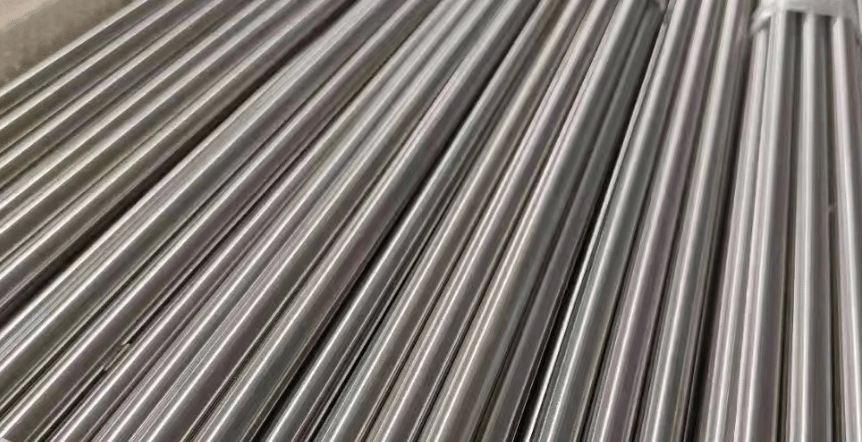
In the realm of metallurgy and materials science, Nichrome vs Inconel are two alloys that often find themselves in comparison. Both alloys possess unique properties that make them suitable for a wide range of applications, but their differences are what set them apart. In this blog post, we will delve into the nuances that distinguish […]



